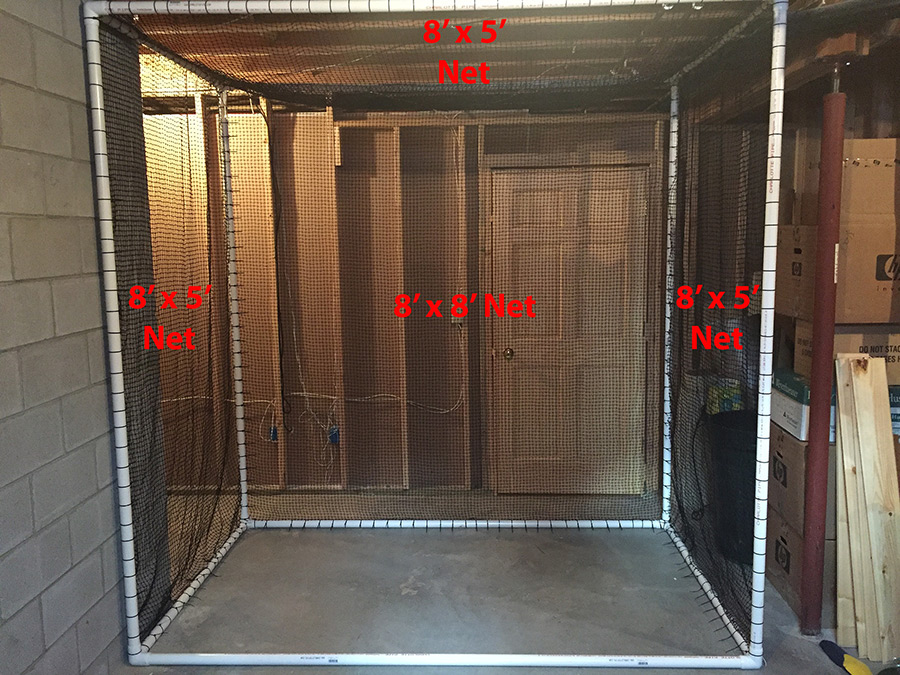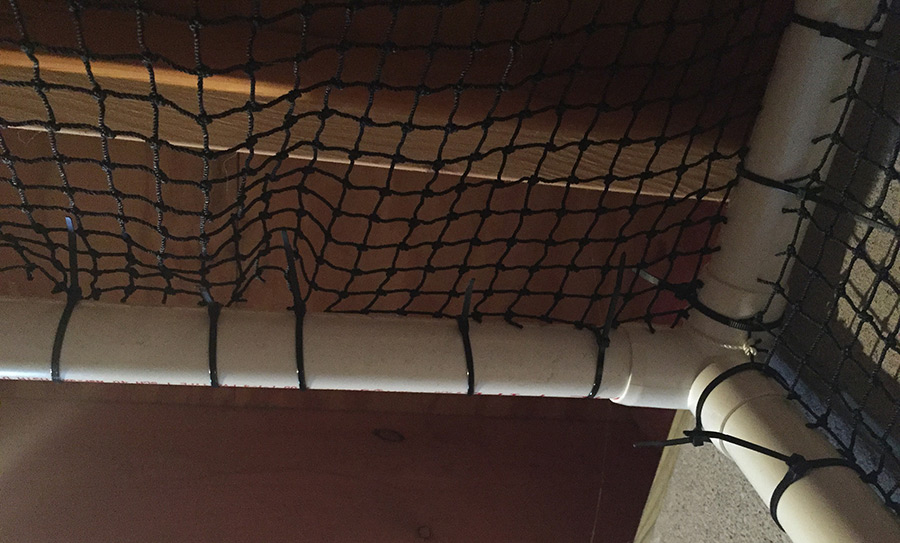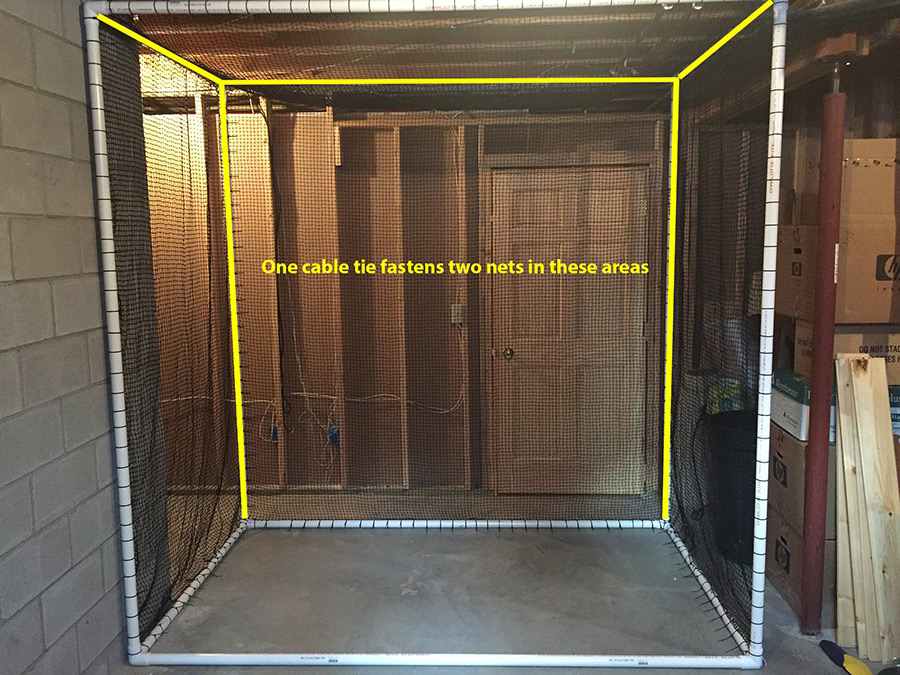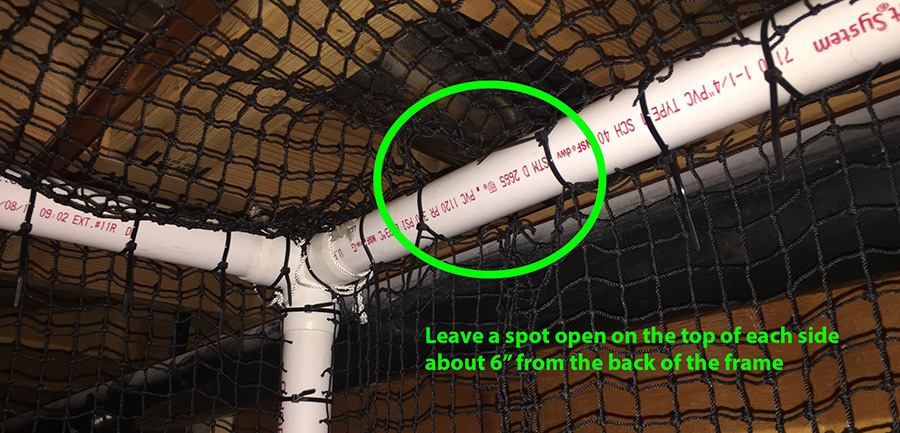Over the last few weeks, the courses in my area have all closed for the winter. As recent as three years ago, that would have meant I would have had to find ways to work on my golf game at home during the off-season.
I did drive two hours to the nearest indoor golf simulator and indoor driving range on multiple occasions each year, but that becomes both expensive and time consuming.
Many people take golf vacations during their off-season, but those are also expensive for many other people.
I was always able to find ways to improve my golf game at home, including building a DIY Indoor Golf Net and putting.
Fortunately it has become much easier over the last few years for me to improve my golf game in the winter, mainly due to now having multiple indoor golf simulator options within fifteen minutes of my house.
You need to know the areas of your game that are costing you strokes before you can set goals to improve your golf game. There are several ways to track your stats – all the way from a system like Arccos, or an app on your phone like TheGrint, down to tracking golf stats on your scorecard.
Early on this past season, I identified a few areas for improvement in my golf game. The two most important ones were greenside chipping and putting. I worked on chipping throughout the season. Turns out my biggest issue was not having enough weight on my lead foot at setup. I’m happy to say chipping is no longer an immediate area for improvement, but putting still is and leads my list of three off-season golf improvement goals.
My Three Off-Season Golf Goals
Make 95% of My Putts Within Three Feet
Putting was a huge issue for me this past season, costing me a lot of strokes on the course. Surprisingly, I made a few putts over 25 feet. The putts three feet and under were the issue. I missed a lot of these short putts, seemingly at least two a round.
Honestly, I’d be ecstatic with 90%, 9 out of every 10 3-footers. I’m no where near that now, although I do not specifically track percentage of putts made under three feet. Next season this will be a stat I track.
Missing that many short putts obviously means I’m not getting the putt started on line. There could be multiple causes for this, including poor alignment and clubface control. Regardless, either can be addressed in your home during the off-season! A laser setup is a great way to work on your alignment and putting stroke.
Lakeland Fitness and Golf has TruGolf simulators with E6 Connect software. While putting is always lacking on simulators, Trugolf seems to do it better than most. I’m looking forward to seeing how well I can practice five foot putts on it.
I honestly feel if this is the only goal I significant move the needle towards, my handicap will still drop a few digits next season.
Eliminate my BIG MISS with the Driver
Hank Haney always suggests to eliminate your big miss. Your big miss would be the incorrect shot that costs you the most strokes. Mine is the big hook with my driver. My normal ball flight with my driver is a high draw. I love it but when I miss it’s a big hook pulled to the left.
Indoor golf simulators are ideal for working on your full swing, especially your driver. You’re always going to have the same great lie on the tee box that you have in the simulator.
Eliminate is such a strong word. I doubt I won’t hit a big hook off the tee next season. Fortunately it doesn’t happen a lot, but when it does I need to be able to correct it on the course, making it a one time occurrence during a round.
Increase my Driver Clubhead Speed to 100 MPH
My current driver clubhead speed of around 93 MPH is just about average for a man my age. Can I really add 7 MPH during the off-season? We’ll have to see but if I can it will add twenty yards to my drives. Twenty yards longer turns my 5 irons for approach shots into 7 irons and my 7 irons into 9 irons. My greens in regulation “should” increase. Pair that with my improved putting and my scores should go down.
Of course added distance at the cost of accuracy is no good and on my local courses would mean twenty yards farther in the woods. Swing speed increase needs to be gradual, working in small increments toward your speed goal. Fortunately, indoor golf simulators are great for increasing clubhead speed. Even if the clubhead speed is off a bit on your simulator, it still should be consistent. Start with taking a baseline clubhead speed and work up from there.
What are your off-season golf goals? We’d love to hear them! Follow Shooting 90 on Twitter and comment on the tweet below!













